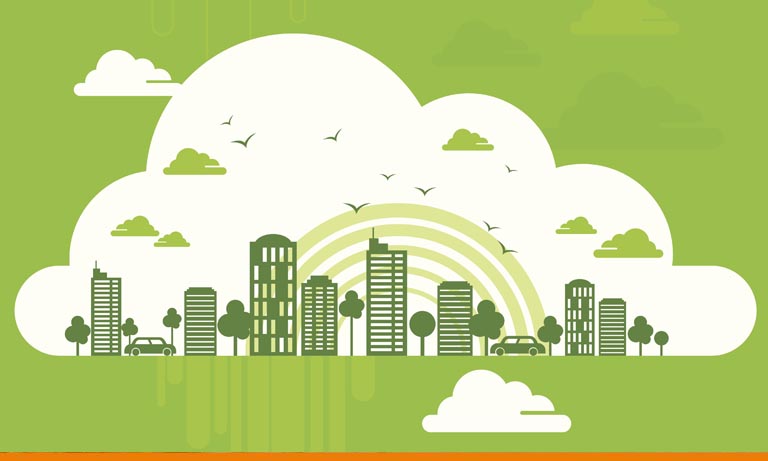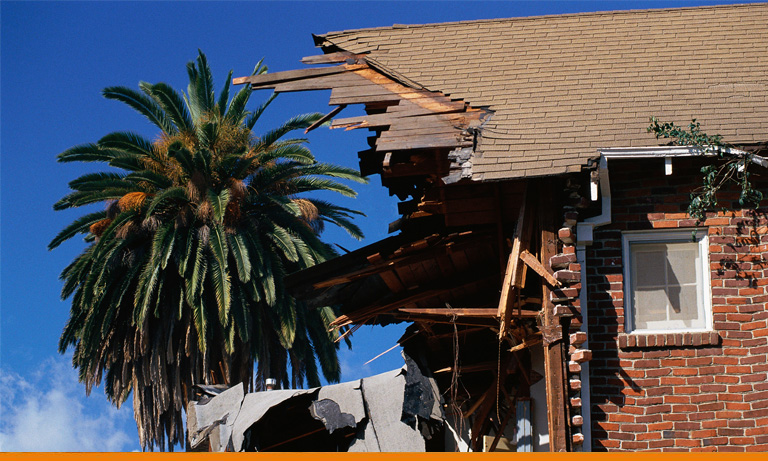UNDERSTANDING THE ENERGY EFFICIENCY OF CLOUD-BASED COMPUTING
Forrester estimates that worldwide spending on Public Cloud computing services will grow to $160 billion in 2020, a 22 percent annual growth rate from just five years ago. And it’s not just Public Cloud that is experiencing a spike, but Private and Hybrid Cloud usage too.
Among enterprises with 1000 or more employees, Private Cloud adoption increased from 63 percent to 77 percent, and Hybrid Cloud rose from 58 percent to 71 percent from 2015 to 2016, according to RightScale’s 2016 State of the Cloud survey. Enterprises that use the Cloud are, on average, leveraging three Public Clouds and three Private Clouds, each.
Businesses are increasingly opting to switch from internal resources to cloud-based computing to enjoy benefits such as faster scalability of capacity, pay-as-you-go pricing, and access to cloud-based applications and services without the need to purchase and manage expensive on-premises infrastructure.
But whether you’re considering a Public, Private or Hybrid Cloud configuration, as-a-service computing offers another distinct advantage over on-premise alternatives: It’s comparatively greener. A study by Accenture found that for large enterprise firms, Cloud adoption can cut energy use and carbon emissions by 30 to 60 percent in comparison to on-premise IT infrastructures. And for mid-sized firms using the Cloud, carbon emissions and energy consumption can be reduced by as much as 60 to 90 percent.
Let’s examine why.
Green That Is Virtually Self-Evident
Some of the reasons why cloud-based infrastructure is greener than on-premises equipment are…well…virtually self-evident.
Virtualization, the definitive technology at play, enables a single physical server to run multiple operating system images simultaneously. Through consolidation, server virtualization reduces the total physical server footprint. Less servers mean less power consumed and a reduced carbon footprint. Also, when less equipment is required to run workloads, this reduces data center space, and with less physical equipment plugged-in, a facility will consume less electricity.
It’s interesting to note that virtualization is nothing new. In fact, IBM pioneered the concept in the 1960s, but its potential has only been fully realized with the advent of modern data center and server technologies. Visit here for original source….
Contact Details:
Telehouse America
7 Teleport Drive,
Staten Island,
New York, USA 10311
Phone No: 718–355–2500
Email: gregory.grant@telehouse.com
Telehouse America
7 Teleport Drive,
Staten Island,
New York, USA 10311
Phone No: 718–355–2500
Email: gregory.grant@telehouse.com



